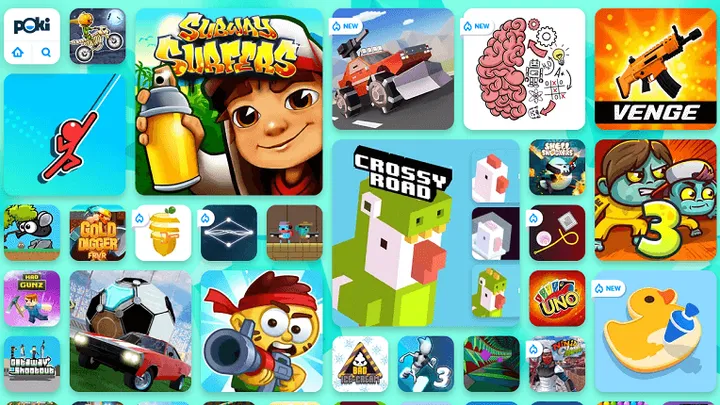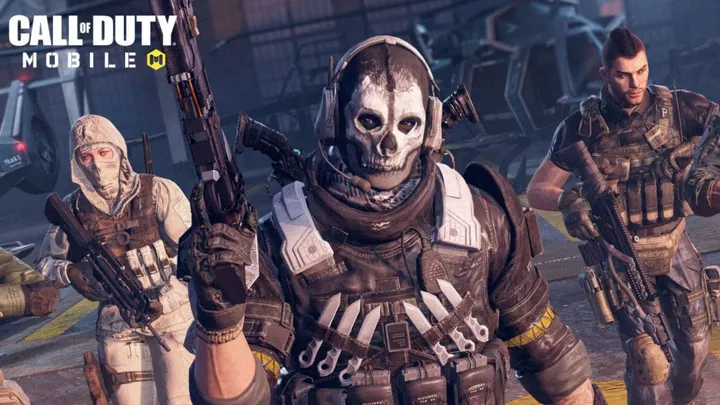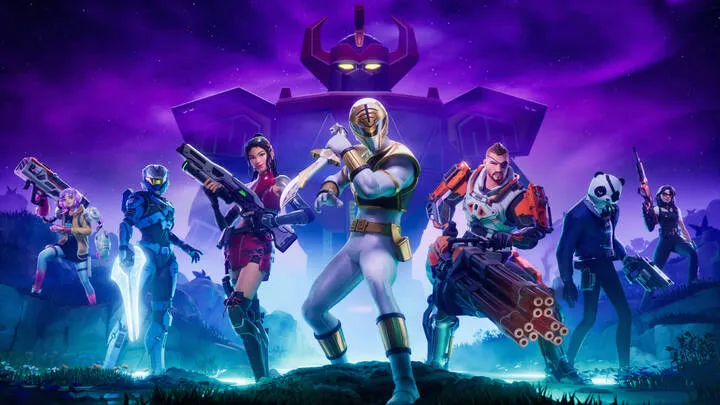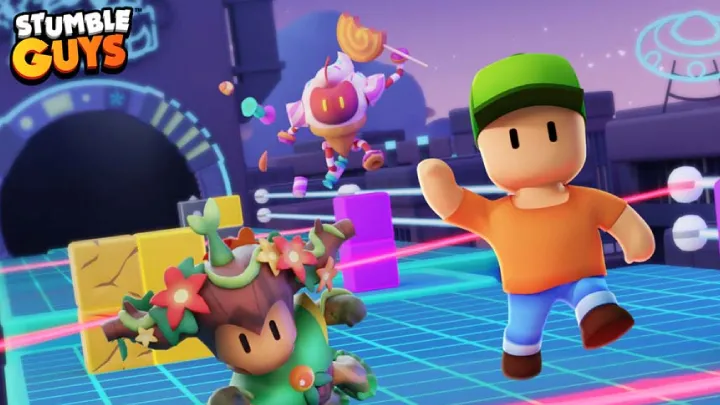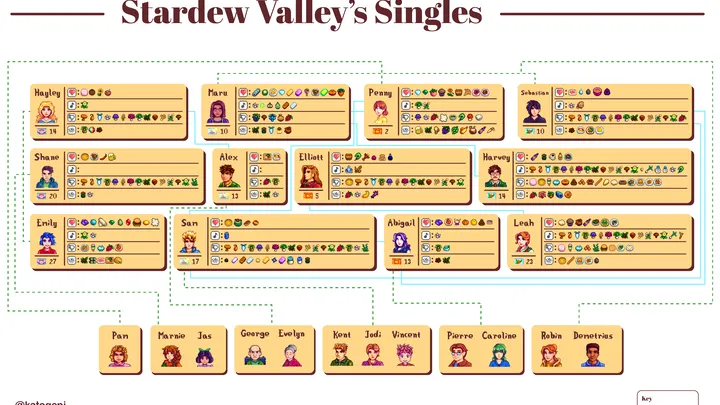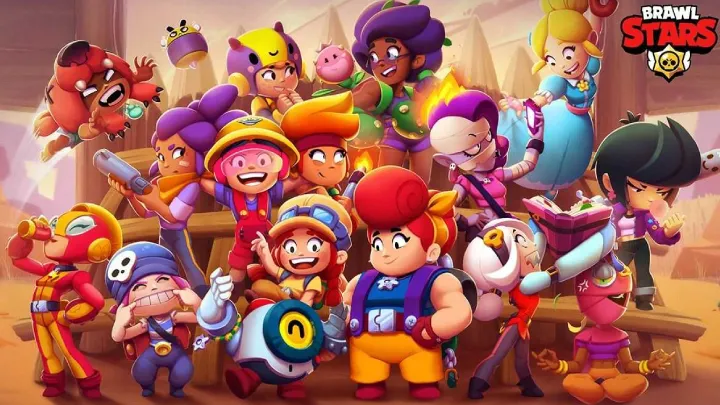Remnant II® is a challenging third-person action RPG that blends Souls-like combat with roguelike progression and procedural world generation. It’s a game that rewards experimentation, punishes recklessness, and thrives on replayability. Whether you’re new to the series or a returning veteran, mastering Remnant II requires more than just good aim—it demands strategic build crafting, world awareness, and adaptability. This guide walks you through every major phase of the game, from character creation to endgame optimization, with practical tips and deep insights to help you survive and thrive.
1. Starting Out: Choosing Your Archetype Wisely
Your journey begins with selecting an archetype, which defines your starting abilities, gear, and playstyle. Remnant II offers several archetypes, each with unique perks and skills.
The Gunslinger excels at ranged DPS with fast reloads and high burst damage. The Handler brings a loyal dog companion for support and revives. The Challenger is a tanky bruiser with close-range power. The Medic focuses on healing and team support. Your choice should reflect your preferred combat style, but also consider synergy with future secondary archetypes.
Archetype Tips
- Gunslinger is ideal for solo players who want raw damage.
- Handler is great for beginners due to the revive mechanic.
- Medic shines in co-op but can be viable solo with proper gear.

2. Exploring Ward 13: Your Home Base and Resource Hub
Ward 13 is your central hub for crafting, upgrading, and interacting with NPCs. It’s where you’ll return between missions to regroup and retool.
Talk to McCabe to upgrade weapons and mods. Visit Dwell for trait respecs and relic changes. Ava sells consumables and crafting materials. As you progress, more NPCs will arrive, offering new services and lore. Don’t ignore Ward 13—it’s the key to long-term success.
Key NPCs
- McCabe: Weapon upgrades and mod crafting
- Dwell: Trait respec and relic customization
- Ava: Consumables and ammo boxes
3. Navigating the First World: Procedural Generation and Story Paths
Remnant II’s worlds are procedurally generated, meaning each playthrough offers different layouts, events, and dungeons. Your first world could be N’Erud, Yaesha, or Losomn—each with distinct enemies and storylines.
Explore thoroughly to uncover side dungeons, puzzles, and hidden items. Use Adventure Mode to re-roll worlds and access missed content. Pay attention to environmental clues—they often hint at secrets or alternate paths.
Exploration Tips
- Check every corner for hidden chests and lore notes.
- Use Adventure Mode to farm specific gear or bosses.
- Don’t rush—worlds are packed with optional content.
4. Combat Mastery: Dodging, Staggering, and Positioning
Combat in Remnant II is fast, punishing, and tactical. Enemies hit hard, and bosses often have complex attack patterns. Dodging is essential, but timing and stamina management are key.
Use stagger mechanics to interrupt enemies. Positioning matters—fighting in tight spaces can be deadly. Learn enemy tells and exploit weaknesses. Don’t be afraid to retreat and regroup.
Combat Tips
- Time your dodges—don’t spam roll.
- Use cover and verticality to your advantage.
- Learn boss patterns before committing to damage.
5. Gear and Mods: Building Around Your Playstyle
Weapons and mods define your combat capabilities. Mods offer active abilities like healing, AoE damage, or crowd control. Choose gear that complements your archetype and playstyle.
Upgrade weapons at McCabe using Lumenite Crystals and scrap. Mods can be swapped and upgraded independently. Some weapons come with unique mods—experiment to find synergies.
Recommended Mods
- Hot Shot: Adds fire damage to bullets
- Healing Shot: Great for solo sustain
- Fargazer’s Eye: Excellent for crowd control

6. Traits and Relics: Passive Power and Survivability
Traits provide passive bonuses like increased stamina, reload speed, or elemental resistance. You earn trait points by leveling up, finding tomes, or completing events.
Relics are your healing items, but they can be customized with relic fragments. These fragments add effects like increased damage after healing or faster stamina regen. Tailor your relics to your build and playstyle.
Trait Priorities
- Vigor: Boosts health—always useful
- Endurance: Increases stamina for dodging
- Ammo Reserves: Essential for ranged builds
7. Puzzle Solving: Secrets, Safes, and Environmental Clues
Remnant II is filled with puzzles, from cryptic safes to environmental riddles. Solving them often rewards powerful gear, trait points, or lore.
Pay attention to symbols, audio cues, and NPC dialogue. Some puzzles span multiple areas or require specific items. Don’t hesitate to take notes or revisit areas later.
Puzzle Tips
- Use photo mode to capture clues.
- Revisit solved puzzles in Adventure Mode for loot.
- Check community forums for obscure solutions.
8. Boss Fights: Mechanics, Weak Points, and Strategy
Bosses in Remnant II are varied and challenging. Each has unique mechanics, phases, and weaknesses. Preparation is key—bring the right gear, mods, and consumables.
Learn boss patterns and exploit openings. Use status effects like Bleed or Burn to chip away health. Some bosses have alternate kill methods that unlock secret rewards.
Boss Strategy
- Use ranged weapons to stay safe during AoE phases.
- Bring status mods for sustained damage.
- Watch for visual cues before big attacks.
9. Co-op Play: Synergy, Roles, and Communication
Remnant II supports up to three-player co-op. Team composition matters—combine archetypes for maximum synergy. Communication is vital, especially during boss fights and puzzles.
Assign roles: one player focuses on healing, another on crowd control, and one on DPS. Share resources and revive teammates quickly. Co-op makes the game easier, but coordination is essential.
Co-op Roles
- Medic: Healing and support
- Handler: Revives and pet damage
- Gunslinger: Burst damage and boss focus

10. Endgame and Builds: Optimizing for Challenge Runs
After completing the campaign, Remnant II opens up with Nightmare difficulty, Apocalypse mode, and build crafting. Use Adventure Mode to farm gear and traits. Experiment with dual archetypes for powerful synergies.
Builds can focus on DPS, tanking, support, or hybrid roles. Use community resources to discover meta builds or create your own. The endgame is where Remnant II truly shines—embrace the grind and refine your strategy.
Build Ideas
- Gunslinger + Hunter: High burst sniper build
- Medic + Alchemist: Support and status stacking
- Challenger + Engineer: Tanky turret-based build
Conclusion
Mastering Remnant II® is a journey of experimentation, adaptation, and perseverance. From choosing your archetype to conquering the endgame, every step requires thoughtful decisions and tactical execution. The game’s procedural nature ensures that no two runs are the same, keeping the experience fresh and rewarding. Whether you play solo or with friends, this guide equips you with the knowledge to survive the Root and become a legend across the shattered worlds








